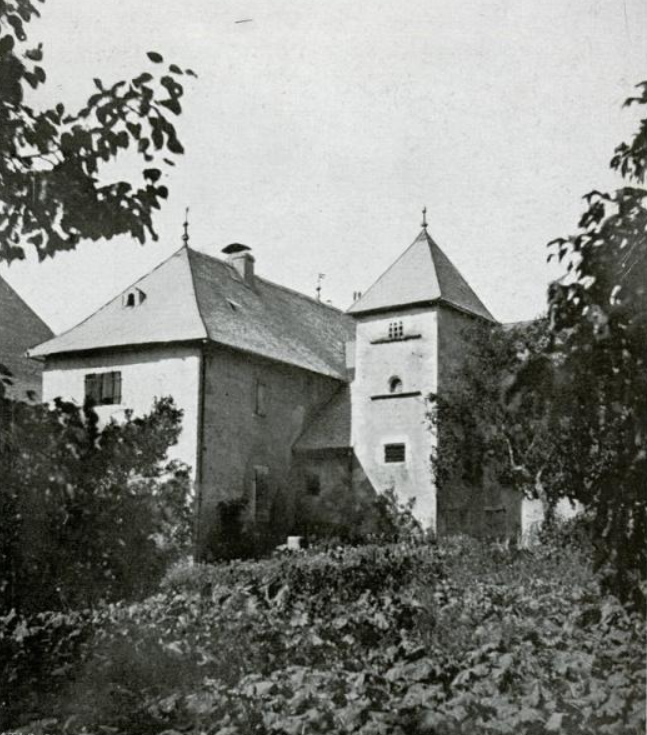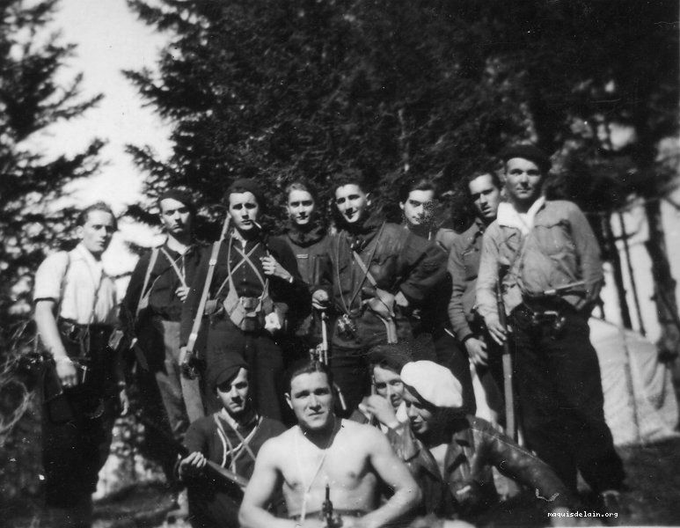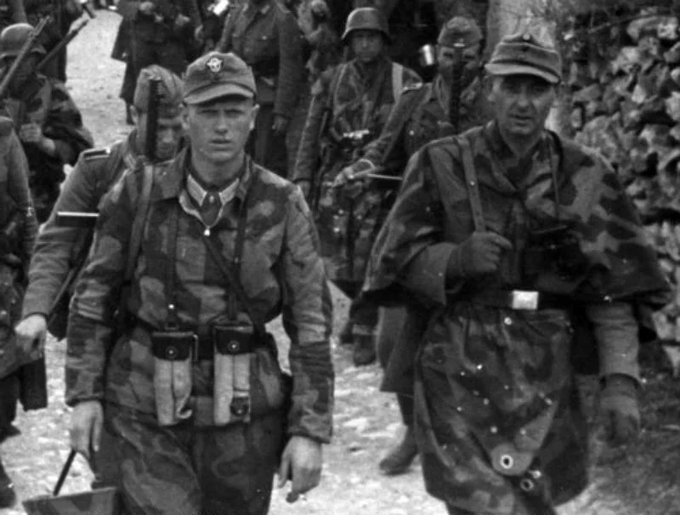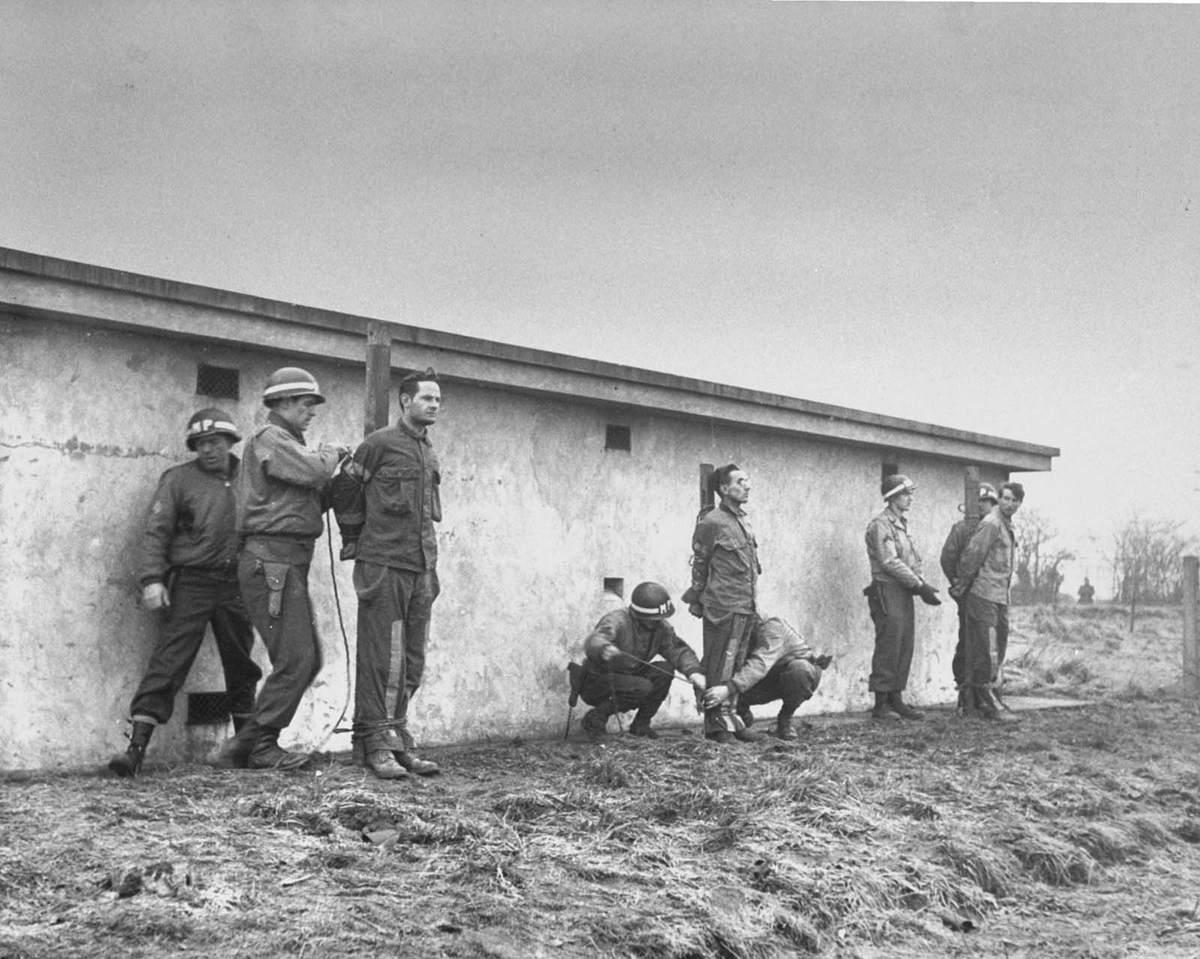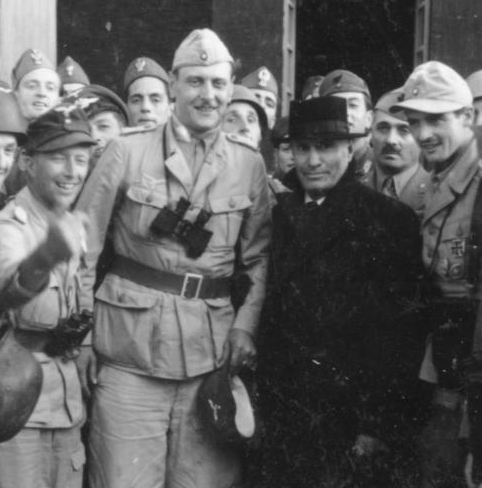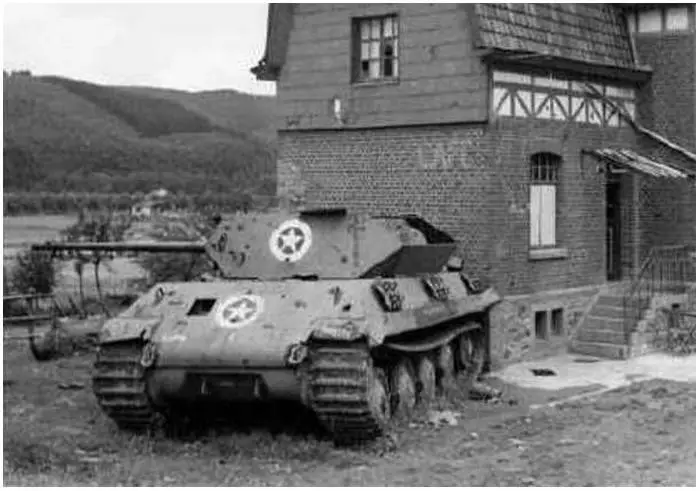British (and my favourite) Ralph Vaughan Williams was born on this day in 1872. He served during WW1, and prior to WW2 helped German Jews escape persecution via the Dorking Refugee Society, then in WW2 worked for the Committee for the Release of Interned Alien Musicians. 1/10 

Vaughan Williams was no stranger to the misery that war could bring. Born in 1872, he had served on the Western Front near Vimy Ridge with the 2/4th London Field Ambulance, then in Salonika before returning to France as an artillery Lt. in 1918. 2/10




In late 1936 he had learned from composer and political activist Alan Bush of the plight of fellow musicologist, Dr. Gerhard Pinthus who had been arrested in 1933 and since held in concentration camps. 3/10 

Vaughan Williams sent the letter to Pinthus' mother in late Jan 1937 and the Gestapo later informed her that they were willing to release her son -now held at Dachau- as long as he left Germany permanently. 4/10 

In early 1937, Vaughn Williams joined forces with another famous Dorking resident, the novelist E.M. Forster (A Room with a View) and they set up the Dorking and District Refugee Committee to provide help to refugees fleeing Nazi persecution. 5/10 

The Society provided assistance to many Czech Sudeten refugees, but also to Kindertransport Jewish children fleeing persecution, such as Sir Erich Reich who passed away last year. 6/10




Refugees were faced with a new threat once war came - this time from the British government. Internment camps and tribunals were set up to house German and Austrian 'enemy aliens' - ostensibly Nazi sympaphisers - but the net was cast further afield, catching many refugees. 7/10 

Vaughan Williams and other personalities protested these measures but they were to fall on deaf ears - that is until the sinking of the internment ship SS Arandora Star on 2 July 1940 as she was carrying over 7,000 deported refugees to Canada. 8/10 

The swell of public opinion following the sinking forced the Government's hand and it created a White Paper listing 18 categories of internees deemed safe to release and who could contribute to matters of national interest. 9/10




Vaughan Williams continued to fight for the release of other musician refugees who didn't fall under the 18 categories -sometimes failing- but among those he helped, like Norbert Brainin and Siegmund Nissel, they went on to have great musical careers after the war. 10/10 

• • •
Missing some Tweet in this thread? You can try to
force a refresh


